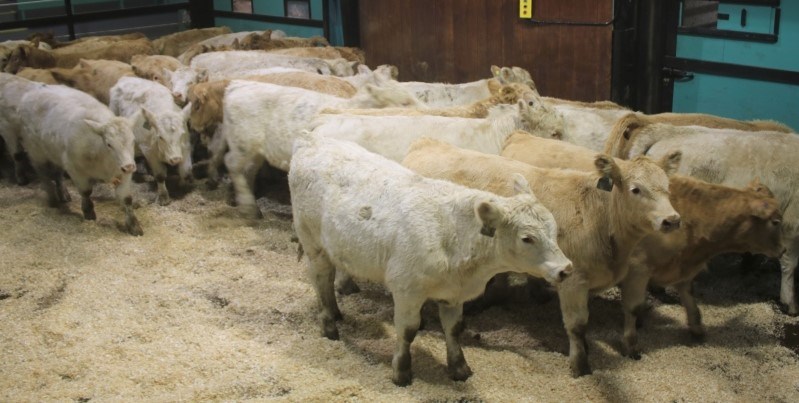YORKTON - In a recent news story by Sean Pratt at www.producer.com Sunny Verghese, co-founder of Olam suggested the current system is destined to have dire consequences.
"We cannot continue to produce and consume foods the way we are doing now because it will destroy the planet," said Verghese. Olam provides food, feed and fibre to 20,900 customers in more than 60 countries. The company generated US$33 billion in sales revenue in 2021.
Verghese said the problem is that 77 percent of the world’s agricultural land is devoted to producing livestock, which only provides 18 percent of our calories.
The article suggested food companies need to pivot to a system with less carbon intensity, adding growth of the plant-based protein industry could go a long way towards achieving that goal, he said.
North America is the hotbed of the plant-based protein sector, yet it still comprises less than 0.5 percent of all protein consumed in that market. In Europe it is only about 0.2 percent.
Verghese said the industry has not yet figured out how to make plant-based protein palatable.
“Food is all about taste, taste, taste. Everything else comes secondary,” he said.
That is an interesting take given for example how many legumes are consumed in countries such as India, where there is quite obviously an accepted protein source.
It is likely that in North America in particular, meat is deeply connected to our way of life. Fast food restaurants have become mega successful, many selling hamburgers and others chicken.
A good weekend includes a back yard steak barbecue.
A baseball game is not complete as a fan without a hotdog.
We are a society of meat eaters, and frankly I suspect most do not rate lessening meat consumption as one of the key changes needed in the world right now.
But, what about farmers if we were to move to more grain production?
Well in Canada there is already concern regarding the impact of federal government carbon reduction initiatives which could cost producers millions in added grain drying costs.
The chief executive officer of the Agri-Food Innovation Council recently said the technology to replace fossil fuels with alternative sources isn’t yet scalable.
Serge Buy told the standing committee on agriculture that examples of farmers using biomass to dry grain are just that, and only larger farms with bigger, healthier budgets are likely to be able to afford new technology in the short term, related a second www.producer.com story
It’s a conundrum for government, pushing carbon reduction, but understanding the needs of food producers too.
How do you create a farm future with more grain produced, without crushing producers with carbon taxes?
That is a debate which will not easily find an equitable answer.

